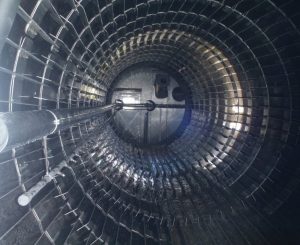
Sulphur + Sulphuric Acid 2021
A look at papers presented at CRU’s annual Sulphur + Sulphuric Acid conference, which was once again held virtually, in November 2021.

A look at papers presented at CRU’s annual Sulphur + Sulphuric Acid conference, which was once again held virtually, in November 2021.
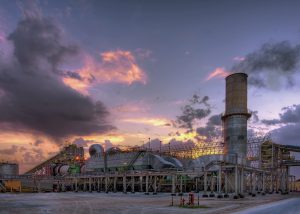
Import duties on phosphates from Morocco and Russia imposed by the US government in 2021 have compounded a lack of availability of phosphate fertilizer caused by Chinese export restrictions and led to higher prices for US farmers. Are there knock-on effects possible for sulphuric acid demand?
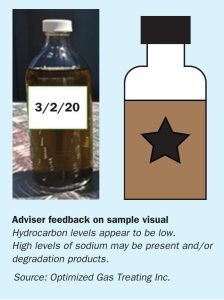
N. A. Hatcher, D. R. Jensen , and P. L. Ott of Optimized Gas Treating Inc. provide a technology overview of ProBot™ – a unit monitoring system developed by OGT to digitalise the sulphur processing assets in a facility in a manner that facilitates knowledge retention, rapid optimisation, and plant troubleshooting. ProBot™ has been built to allow rapid access to a virtual plant platform that provides advice, training and, monitoring to enable more efficient, safe, reliable, and environmentally friendly plant operations.
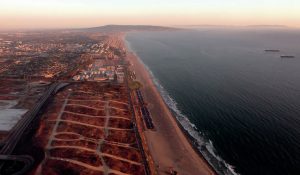
As the world looks to a lower carbon future, refineries are having to examine their operating models, and look to, for example, renewable hydrogen production for desulphurisation technologies.
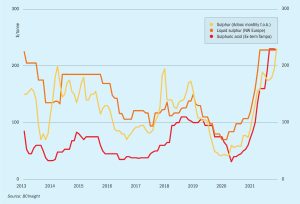
The processed phosphates market will be a major indicator for price direction for sulphur markets in 2022. A significant downward correction is expected in DAP prices with early signals prices could soften in the February-March period.
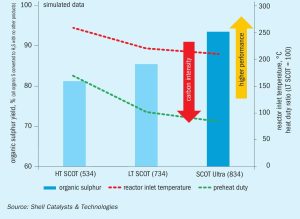
Decreasing the carbon intensity of sulphur recovery is one of the many actions that operators can take to help meet their climate ambitions. It is also becoming increasingly rewarding financially because of the rising cost of carbon emissions. In this article, G. Kidambi of Shell Projects & Technology demonstrates the potential to cut the carbon intensity of tail gas treating units by more than 50% through swapping to the latest SCOT ULTRA amine solvent and catalyst technologies.
Nutrien Ltd has announced that Mayo Schmidt has left his position as president and CEO of Nutrien and has resigned from the Board. Ken Seitz , Executive Vice President and CEO of Potash, has been named the company’s interim CEO. Seitz brings extensive global leadership experience in the agriculture and mining sectors and is well-positioned to progress the company’s stated strategy and lead the integrated business during the transition.
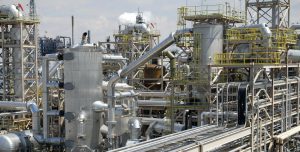
DuPont has agreed to sell its Clean Technologies business for $510 million to an international private equity consortium, comprising BroadPeak Global, Asia Green Fund and The Saudi Arabian Industrial Investments Company (Dussur). The new, independent company has been named Elessent Clean Technologies and will be a global leader in process technologies to drive sustainability and carbon neutrality in the metal, fertilizer, chemical and oil refining industries. Elessent retains exclusive rights to the technologies, expertise, products, and services including: MECS® sulphuric acid and environmental technologies, BELCO® scrubbing technologies, STRATCO® alkylation technology and IsoTherming® hydroprocessing technology. Derived from the words “element” and “essential,” Elessent says that it will help customers produce, optimise or separate essential elements every day, creating clean alternatives to traditional industrial processes to minimise the impact on the environment while enabling our customers to produce essential elements critical to everyday life.

KP Engineering, LP specialising in the design and execution of customized EPC solutions for the refining, syngas, hydrogen and renewable fuels industries, has named Bill Preston as its new president and Chief Executive Officer. Based in Houston, Preston has served as KPE’s president and Chief Operating Officer since 2015. During that time, he was responsible for leading significant growth and upholding KPE’s core operational values of respect and integrity. As CEO, he will be responsible for the overall direction, execution and global expansion of the company. Preston has 34 years of experience leading and growing technology-based businesses in the engineering, oil and gas, energy and chemical production sectors. Prior to joining KP Engineering, he served in vice president roles for companies including a division of Texaco and ChevronTexaco, Linc Energy, Synthesis Energy Systems and GreatPoint Energy. He also served as CEO of The Energy Capital Group, developing syngas and chemical production facilities in the petrochemical and oil refining industries. He is currently the Executive Director of the Global Syngas Technologies Council, the hydrogen and syngas industry’s premier trade association.
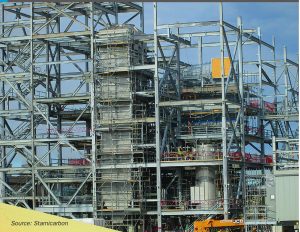
Stamicarbon offers advanced scrubbing technologies for fertilizer granulation plants and prilling towers. This article describes the technology and experience with the second operational MMV scrubber, which is installed at the Dakota Gasification Company’s (DGC) urea granulation plant, and highlights the successful pilot test with its JV scrubbing technology.